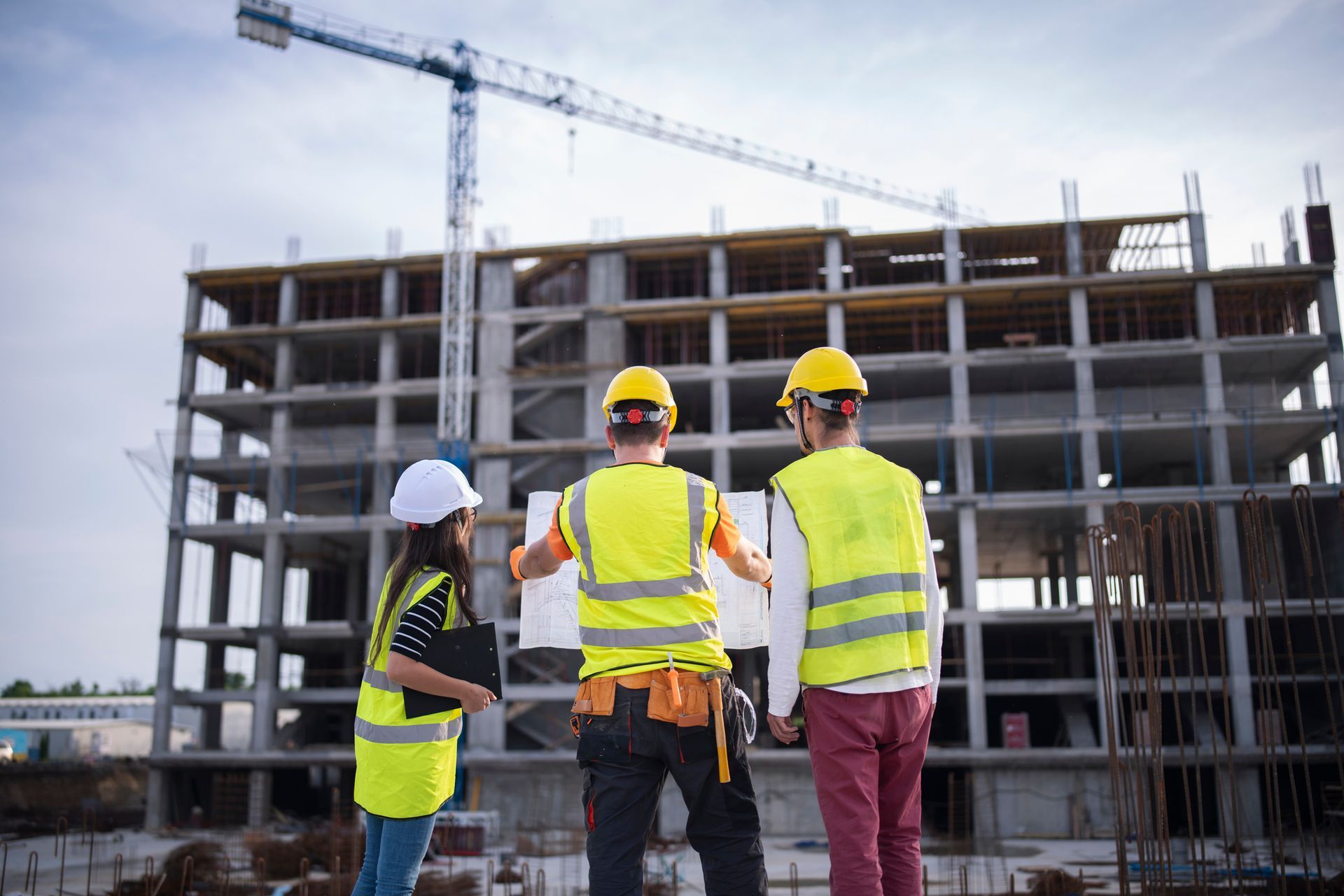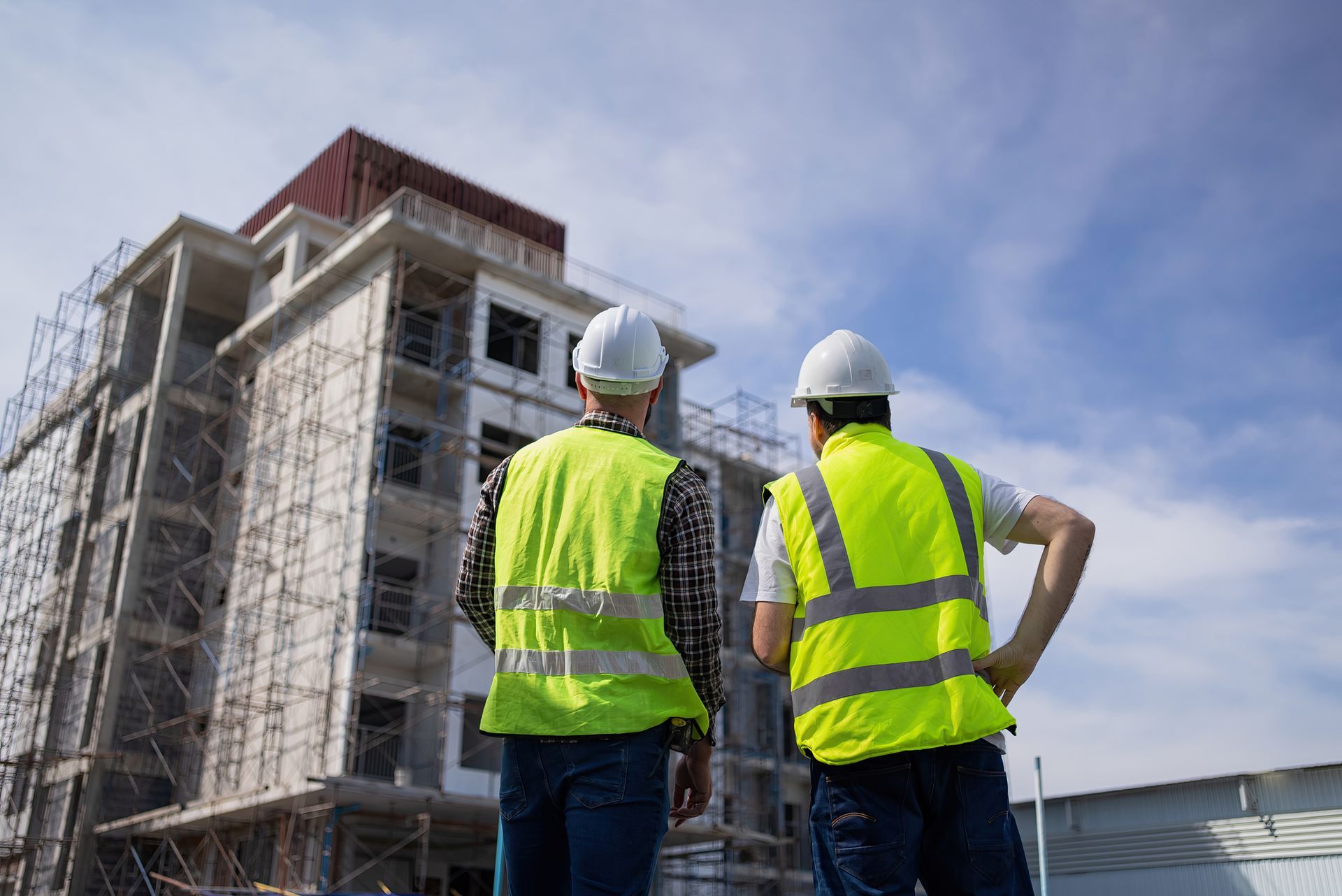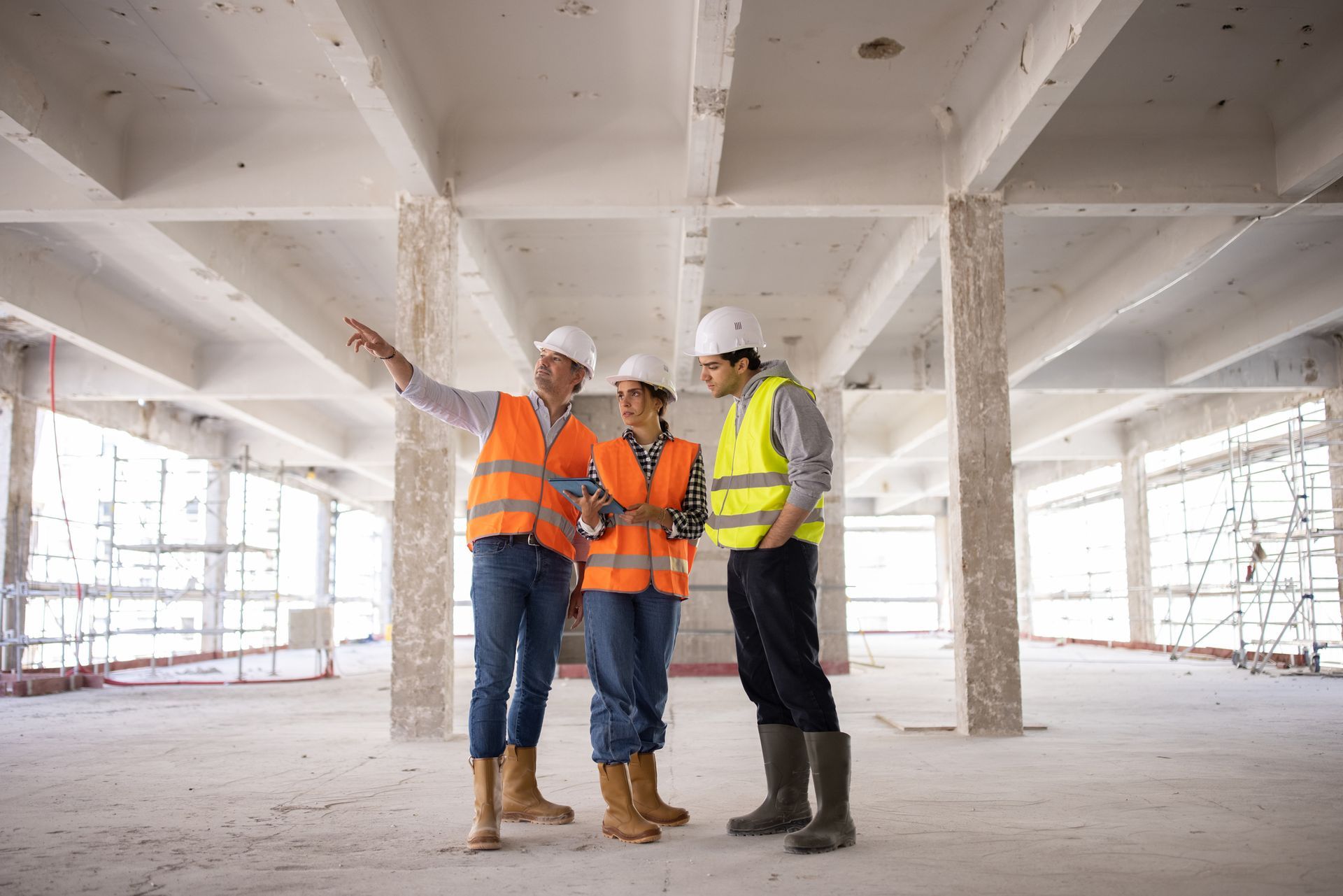Industrial Facility Construction in Sheboygan & Beyond: Trends, Challenges & Solutions
When planning a new industrial facility or major expansion in the Sheboygan region and broader Eastern Wisconsin, it’s crucial to understand the evolving landscape of industrial construction. From shifting market dynamics to local site specific issues, a successful project requires awareness of current trends, real world challenges, and practical solutions. Below is a comprehensive look at what’s happening — and what you should plan for.
1. Emerging Trends in Industrial Construction
Automation, Smart Facilities & Flexible Design
Industrial buildings today aren’t just “big boxes” for storage—they’re smart, connected, and designed for change. According to industry sources:
- Facilities increasingly include automation, IoT systems, predictive maintenance, and smart sensors to monitor operations.
- Flexibility is key: modular construction methods, scalable bays, and multi purpose zones allow businesses to adjust to changing workflows.
- Sustainability and energy efficiency are major factors. Roof top solar, LED lighting, water reuse systems and other green features are becoming expected in industrial builds.
Market Pipeline Adjustments & Size Trends
- National data show a notable slowdown in new industrial construction starts and a shrinking pipeline of space under development.
- The average size of new industrial projects is trending smaller (for many markets) — leaning toward 100,000 300,000 sq ft rather than mega warehouses over 500,000 sq ft.
- In the Midwest especially, smaller to mid sized industrial facilities are gaining more attention and feasibility.
Local Implications for Sheboygan & Eastern Wisconsin
For businesses in Sheboygan, Manitowoc, and surrounding counties: this means being ready for facilities that are more responsive to logistics demands, local workforce availability, and regional supply chain shifts. Your next facility might emphasize flexibility, automation, sustainability, and tight coordination with regional infrastructure.
2. Key Challenges to Address
Site & Infrastructure Constraints
Building industrial facilities in Eastern Wisconsin presents certain regional constraints:
- Access to major highways, rail, utilities and power capacity can be limiting factors. Ensuring the site has adequate infrastructure is essential.
- Permitting, zoning, and local code compliance may differ across counties and municipalities — especially when industrial use changes or expansions are involved.
- Market headwinds: national data show new starts are down, supply is tightening, and vacancy risks remain.
Cost and Labor Pressures
- Rising costs for materials, equipment and labour continue to challenge budgets. While some material escalation may stabilize, labour availability remains critical.
- Timing is critical: delays in construction can carry major operational costs once the facility is needed.
- Local workforce capacity: depending on the region, finding skilled tradespeople, site supervisors, and specialty contractors may require proactive planning.
Future Proofing & Adaptability
- Technology is advancing rapidly. Facilities built today may need to accommodate automation, robotics, or connected systems in the near future.
- Designing for change: If walls, layouts, or systems are too rigid, it may limit the facility’s longevity or adaptability.
- Sustainability expectations: With emphasis on ESG, corporations are looking for industrial facilities to meet higher standards. Ignoring these can limit lease or user appeal.
3. Solutions & Best Practices for Success
Choose a Contractor with Regional Expertise
Working with a general contractor (GC) who understands the Eastern Wisconsin region, its infrastructure, its permitting nuances, and local subcontractor networks provides a competitive advantage. They will anticipate local challenges, coordinate relationships, and keep the project on track.
Plan Early for Flexibility and Technology
- Design for change: Use flexible layouts, modular bays, and moveable infrastructure when possible.
- Integrate technology early: Plan routing for sensors, automation systems, smart lighting, and energy monitoring from day one — retrofitting later is more costly.
- Sustainability as baseline: Even if full green certification isn’t required, design for energy efficiency, water reuse, and future renewable integration.
Robust Project Management & Communication
- Use transparent reporting, schedule tracking, and regular key stakeholder updates. This keeps timelines aligned and cost overruns in check.
- Engage early with utilities, municipal officials and permitting agencies — delays often stem from late approvals or unforeseen site conditions.
- Consider prefabrication or modular construction methods to speed schedule and improve quality.
Mitigate Cost & Risk
- Develop realistic budgets with contingency layers for materials and labour escalated risk.
- Conduct thorough site investigations (geotechnical, environmental, utility capacity) early to avoid surprises.
- Stage the facility build or phasing if possible — this allows operations to commence in parts while other areas are completed.
4. Why Eastern Wisconsin Is a Strategic Location
For companies looking to build industrial facilities, the Sheboygan Manitowoc region and broader Eastern Wisconsin offer compelling advantages:
- Proximity to the Great Lakes port corridor, regional trucking and rail connectivity.
- Access to a stable workforce and manufacturing heritage.
- Lower competition (in some sub markets) for industrial ground compared with major metro coastal markets, meaning more opportunity for tailored facility design and location advantage.
- A GC rooted in the region can turn these advantages into realities on the ground.
5. Your Next Steps
If you’re planning an industrial facility in Sheboygan or the surrounding Eastern Wisconsin region, here’s how to move forward:
- Define your facility’s purpose and scale: manufacturing, distribution, hybrid, R&D?
- Select potential sites: Evaluate infrastructure, permitting environment, utilities, land cost, logistics.
- Engage a contractor early: Preferably one with proven experience in regional industrial construction.
- Incorporate flexibility and technology: Design now for the future you anticipate.
- Set realistic budget, schedule and risk profiles: Include contingency, select phased build where helpful.
- Monitor trends: Stay aware of industry shifts automation, modular, sustainability as these will inform design choices.
Industrial facility construction in Sheboygan & beyond is undergoing meaningful evolution. Recognizing the major trends—automation, flexibility, sustainability—while addressing real world challenges—site constraints, labour/cost pressures, adaptability—will position your project for long term success. By partnering with a trusted regional contractor, planning for technology and change, and managing project execution proactively, you’ll mitigate risk and unlock value for your business.
At Elite Builds, our team brings extensive experience in industrial facility construction across Eastern Wisconsin. From site evaluation to building delivery, we’re equipped to guide you through every phase with integrity, clarity and quality.
Ready to begin your next industrial facility project? Contact us today for a consultation.



